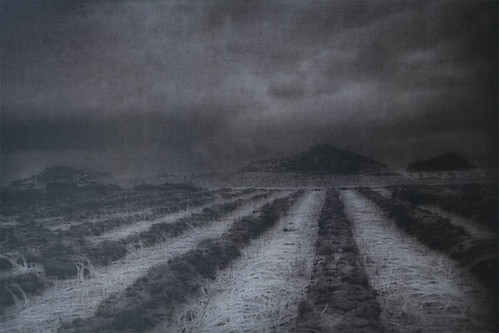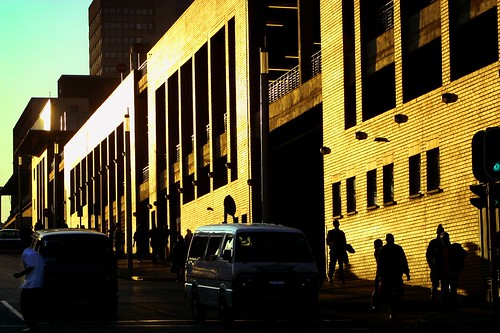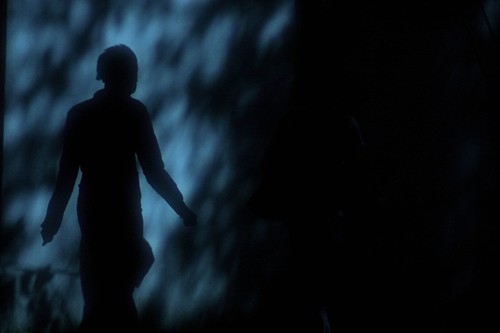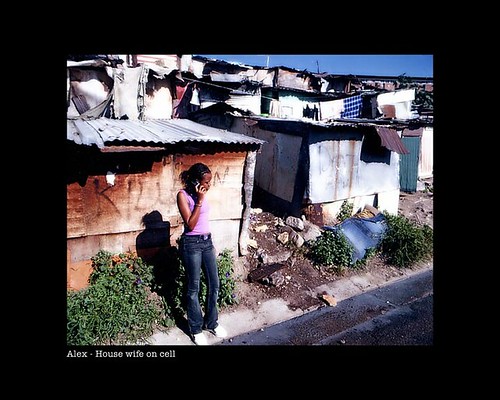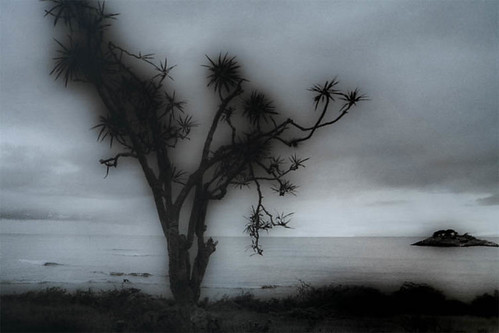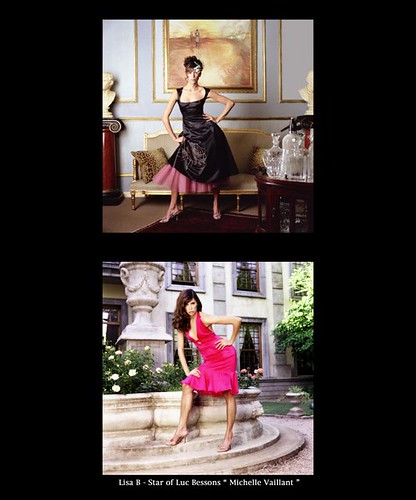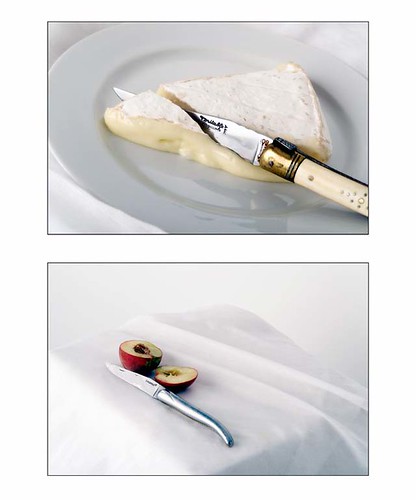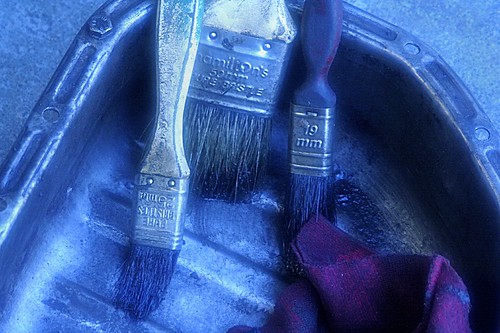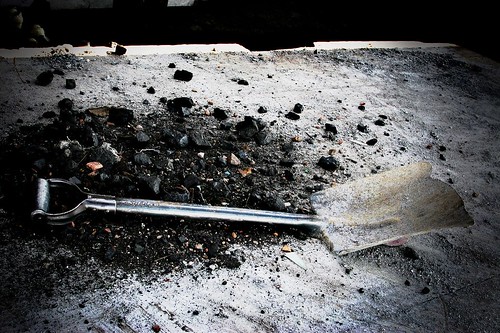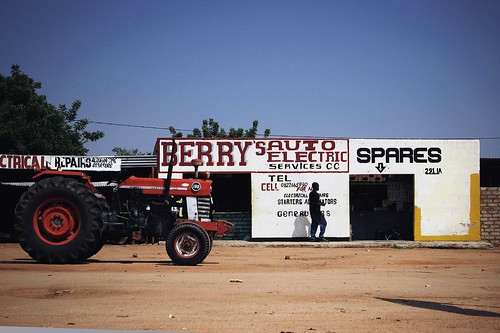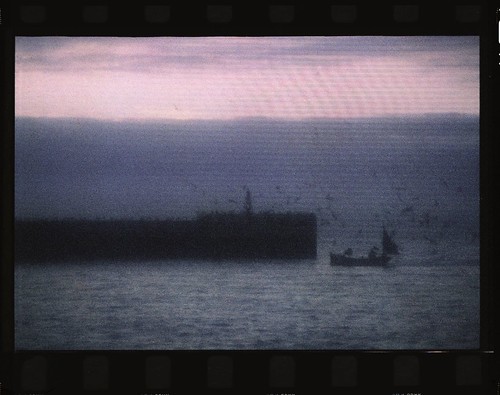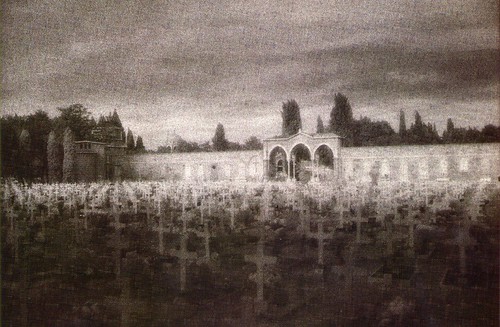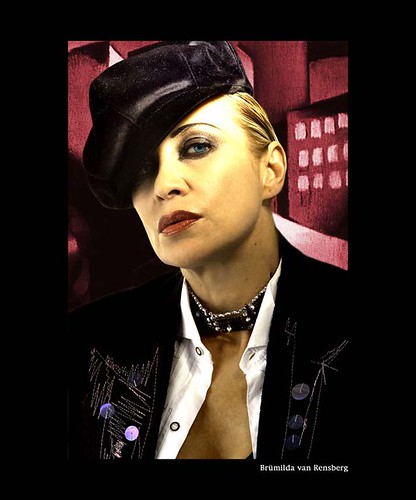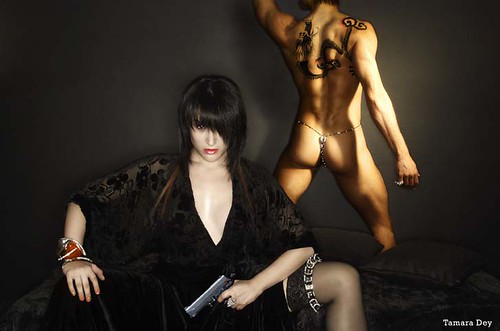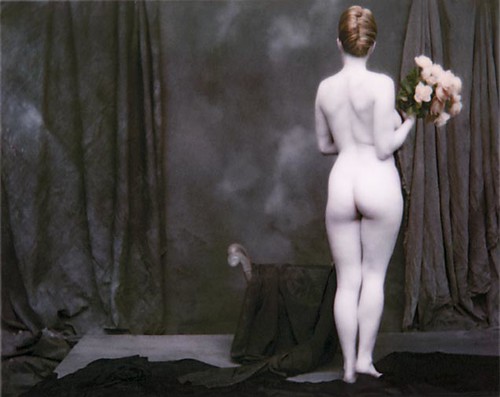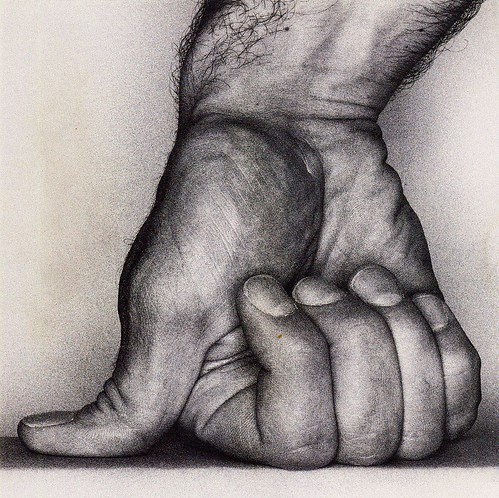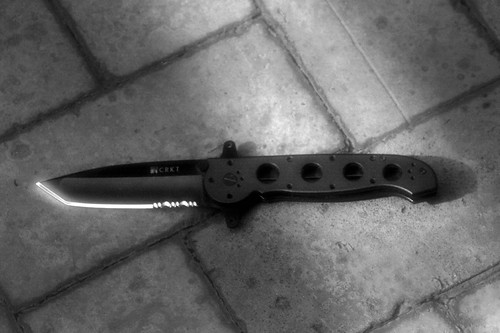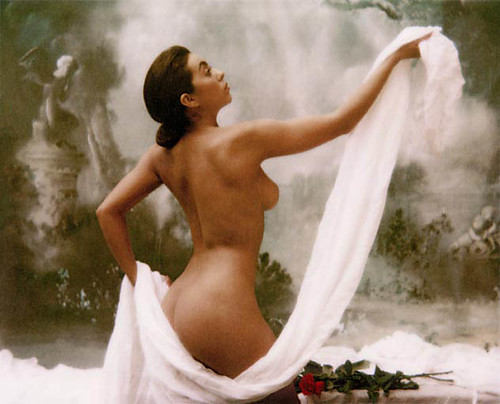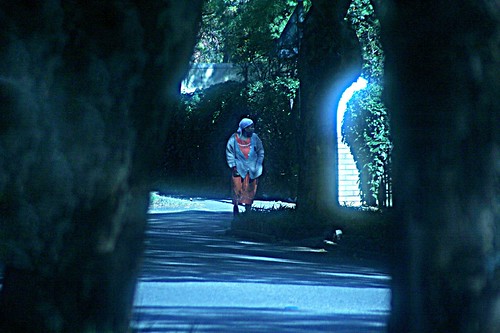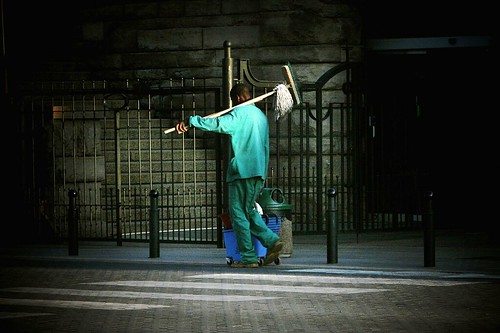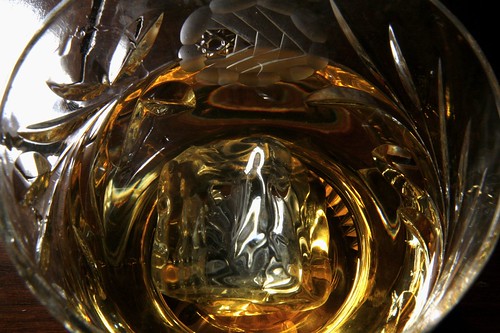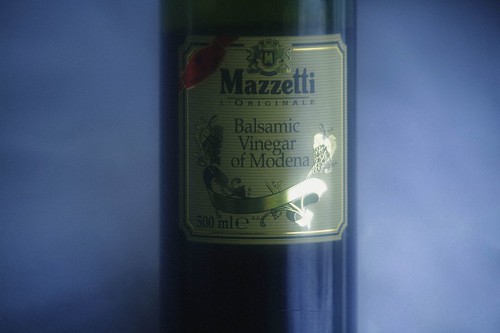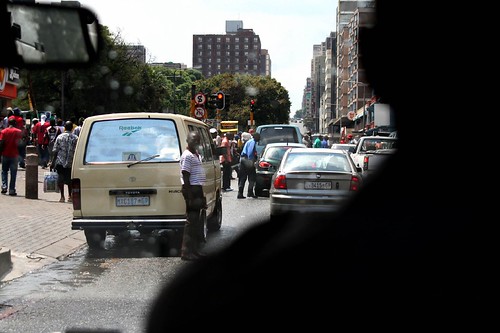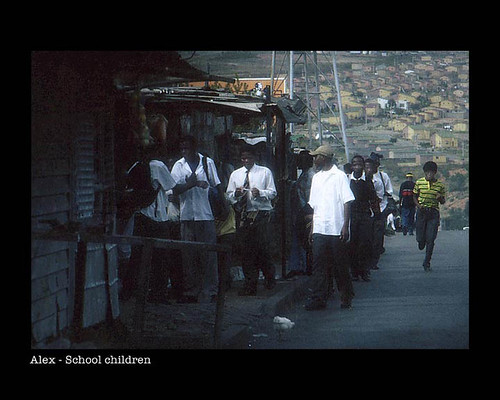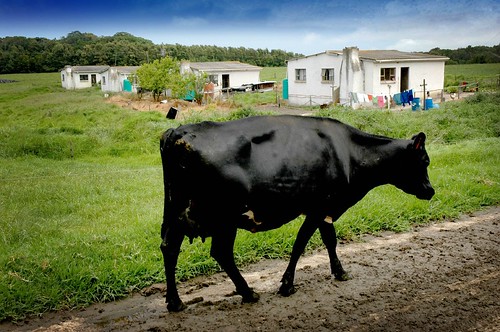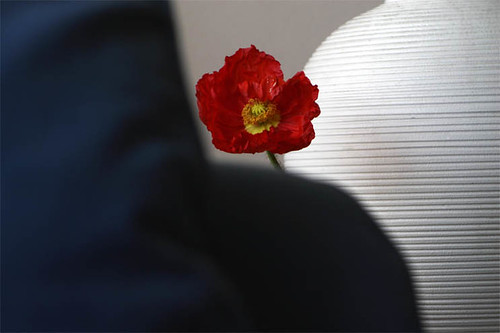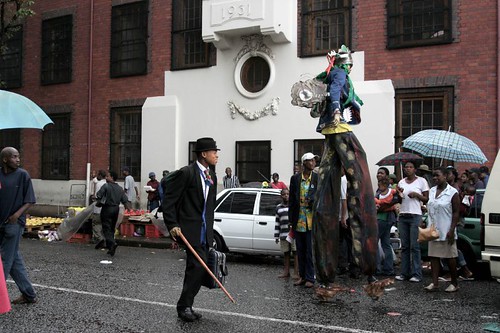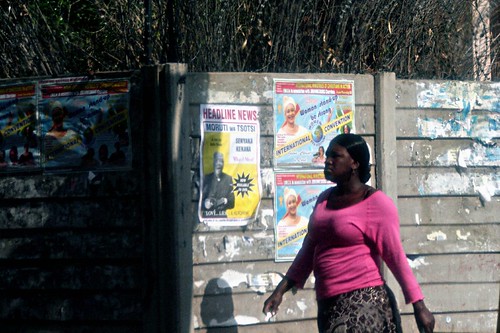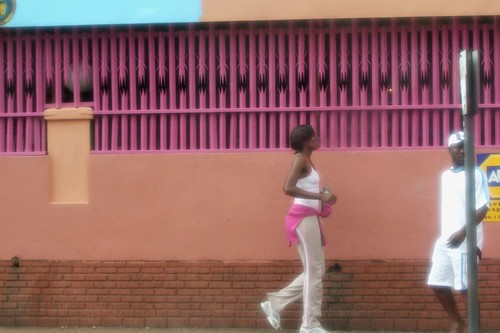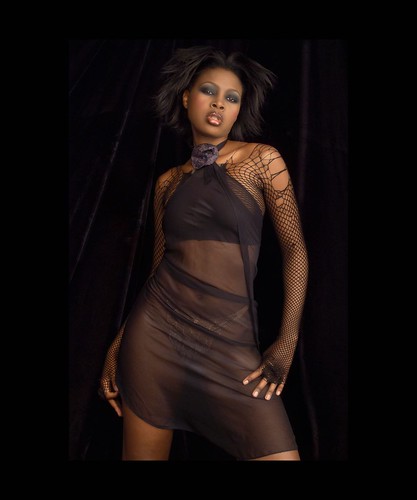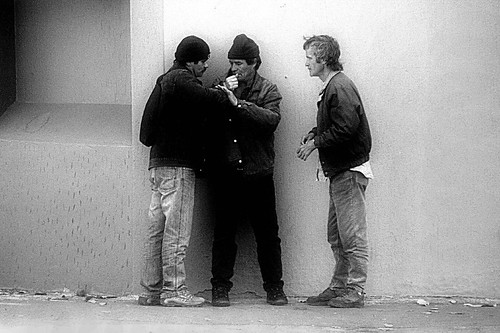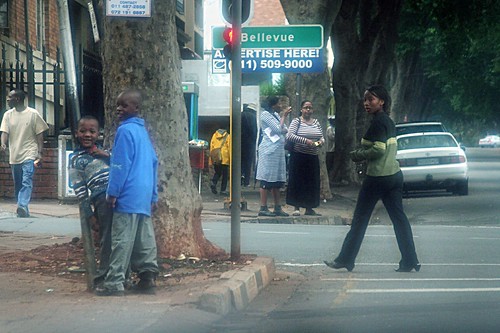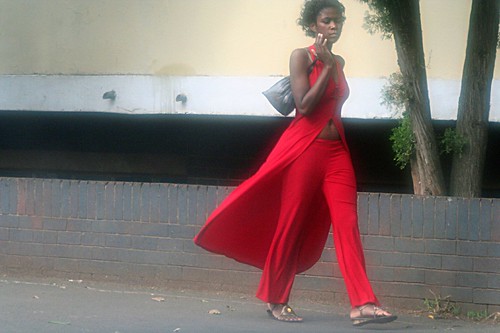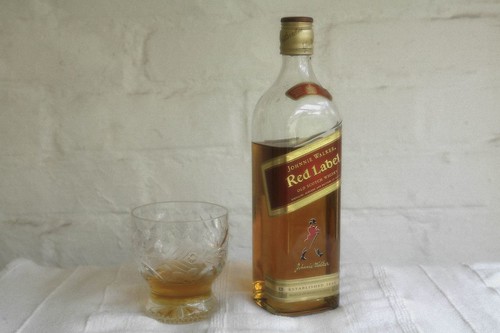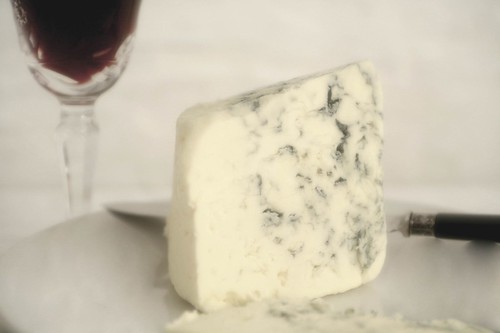In the last posting (scroll down to the posting below this one if you have not already read it.) I covered the main ancient system used by artists to do exactly this… i.e. The Golden Section and the rule of thirds.
These formula’s however have their own back story… subtle elements working together inside the mind of the photographers ‘aware’ and synchronistic subconscious. This is the visual vocabulary the photographer uses ‘to compose’ with… and it is this vocabulary that needs to be learnt and used ‘instinctively’ in order to make good images.
A photographer must decide at the outset… what is the focus of the picture? …building the picture accordingly… leading the eye of the viewer through ‘the story’ of the picture… holding the viewer inside the frame until the story in the picture has been explored… It’s story telling.
Like any good writing it ‘s best when we listen to the inner voices constantly bombarding the subconscious with thoughts and ideas when we assess an image… sending messages… creating a sense of comfort or awkwardness created by maybe an unfinished line that’s too straight or one that’s not straight enough.
Working in the background. Leading the viewer along the visual pathways running through the picture… pathways which may take vertical, horizontal or diagonal paths.
Some lines create visual illusions that give a sense of extra depth… like a road winding away from the lens that leads the eye deeper into the picture.
Jagged angular lines create drama and movement... like the balletic mix of hard black shadows and the shafting contrasty light of the bright early morning sunshine below, in a place in Africa they call the city of gold.
Light and shade can direct the eye straight at things.
Things like the uprights on a building… when they are meant to be straight… they need to be straight… or not be perfectly straight for a reason… to make a point…
…like here where the confusion of disorganized uprights actually provide the back ground to the life of this young housewife living in the chaos of an african township… Obvious continuous lines coexist next to less obvious broken lines… everywhere.
Our eye will unconsciously more easily follow or ‘read’ continuous lines joining different elements and subjects as our eye always travels naturally along strong straight lines… like buildings outlined against a sky for example or a horizon line… these are strong elements in a picture… which is why it becomes so important to get the horizon line straight… it’s also why it’s always good to use a tripod to control this.
‘Hand held’ you have to be very good to get horizon lines perfectly straight… every time.
Horizontal, Vertical, Angled and curved lines all contribute to creating different moods.
The angle to frame and the size of a given line decides the influence and power the line has in an image. Also the tonality of a line… it’s colour and repetition or length all tell a story.
‘Straight, horizontal lines, commonly found in landscape photography, gives the impression of calm, tranquility, and space whilst an image filled with strong vertical lines tends to have the impression of height, and grandeur. Tightly angled convergent lines give a dynamic, lively, and active effect to the image. Viewpoint is very important when dealing with lines in photography, because every different perspective elicits a different response to the photograph. Too many lines without a clear subject point suggest chaos in the image and may conflict with the mood the photographer is trying to evoke’ wikipedia.
We often create strong flowing lines in an image quite naturally without consciously realizing it. Our eye follows these easily and enjoys them as they flow through or across the image
…it’s the ‘affect and effect’ of whatever organic or geometric edges contained within the frame… feel for the emotional resonance given off by things… the warm grey surface of stone, white flowers, a window, glass, a painting, a red silk dress etc… all edited together to make the image say what you want it to say... try sensing the faint bat squeak of how these things make you feel… listen to your inner voices.
Highlights and shadow areas bounce back different emotions… surface textures give off different feelings… a crisp white table cloth… the clean & romantic.
As opposed to an oily rag and a discarded spade…
…dirty & dramatic… but with more contrast & drama…
…the photographers stories unfold through how textures make the viewer feel…photography is a lot about half sensed feelings, whisperings in the subconscious…
A sense of colour and texture is an important thing to develop… the pictures below are very much about colour and contrast helping tell a story… bright African sunlight creating a sense of a sun – baked world…
…a hot sunlit ‘township Africa’ sense of place...
Whilst the image below uses the opposite… a subdued watery, moody English end of day feel as the last fishing boat wends it’s way home from the sea… squalling hungry sea birds following the smell of the fresh catch… the Christian Dior (10 dernier) silk stocking stretched over the lens caused the moiré pattern screen clash in the sky when I printed it…
…normally I wouldn’t like that... but for some reason in this image I liked it… that’s not to say I won’t have a go at it in photoshop soon though… just to see!
And the graveyard in Venice at dawn seemed to need a sombre moody… black and white in colour ‘feel’ …an eerie selenium toned cold purple…
The spectral world of the dead… aptly interpreted on fast infra red film…
Color and texture are strong elements when used to create different atmosphere’s… a good example of this can be seen clearly watching the movies… for example traditionally ‘film noir’ movies, like ‘The Maltese Falcon’ or ‘Citizen Kane’ were shot in shadowy Black + White and deep focus… imaging similar in feel to the picture below.
…and over the years ‘the black + white’ original noir look ‘morphed’ into the look of ‘Point Blank’ ‘China Town’ ‘Year of the Dragon’ ‘Taxi Driver’ ‘Usual Suspects’ & ‘Carlito’s Way’
A ‘noir’ style of color developed and that’s what the next pictures are toying with… a pastiche of that movie poster look… influences for a lot of my images come from the movies… naturally as it’s the other main ‘photo’ drama 'genre' …and I worked for many years as a film director and lighting camera man..
In recent years ‘Stills’ have traditionally been lit with flash… and ‘Movies’ with tungsten or H.M.I. point source incandescent ‘lamps’ …like in the picture above… what’s often described as ‘movie’ lighting… I was taught to use both and that’s what I was playing with here…
(I'll elaborate more on these two techniques in the next posting)
Mixing the genres of German expressionist films and paintings like Tamara De Lempicka for example… in colors redolent of the latest prints released of Fritz Lang ‘Metropolis’ …an old movie worth looking at for its interesting use of lighting and color washes...
Where are these streets ? ...the cold blue eyes… the faintly androgynous Dietrich ‘Nazi’ ambiance… a noir narrative…
…below we have a more up to date version of similar ‘genre’ influenced work… a ‘fashion pastiche’ …more American in style
Whilst the colorful image below takes us into references from another visual world altogether…the more Baroque world of painting… a celebration & a photographic exploration of painting… the other great visual influence in my life and that of many other ‘creative’ photographers…
I often use paintings as an influence… pre-Raphaelite… impressionist expressionist…photorealist… or otherwise… film references are usually about drama whilst painterly references are usually more about poetic romance… the difference between jazz and classical music…
…and the dimensions and proportions of images and shapes have a huge effect on the power of an image…
…and sharp jagged edges create a sense of unease and tension…
…whilst smooth rounded edges give off a more gently seductive emotional response…
…all elements contained within an image, particularly curves… should be working together…helping build the bigger picture.
…like in Framing the Image
Framing is a technique used to bring focus to the subject
How you frame images keeps the eye focused on the focal point of the shot… taking the eye to the heart of the frame... showing us where our image ends and begins… adding a sense of depth to a picture…
Pro’ Photographers work the frame consciously… finding ‘the frame’ carefully deciding the exact edges of the picture area they are using to tell the story with… often the edges of a picture make the picture...
Perspective… vanishing point… use the arrangement of objects or elements in a frame to create a sense of perspective or depth... drawing the viewers eye into an image… using eye catching light areas or shadowy dark areas of an image… to lead the eye… taking the viewer on a journey of discovery.
…and it’s usually best to keep things simple...
…less is more.
Busy images with a lot happening in an overcomplicated frame can be distracting… the story starts becoming difficult to follow… like trying to read an overcomplicated book that confuses… rather than communicating clearly.
Unless you want to deliberately create busy images…
...like bustling city streets
...deliberately creating an apparent vision of confused activity…
...like this picture above… it’s a kind of noisy active storytelling… and maybe it takes a while to see the ‘spliff’ or ‘Joint’ in the hands of one of the school kids buying ‘ganja’ on the street…
Generally however… Less is more… the less distractions the more clearly the viewer gets it…gets the story…
The picture above is influenced by the style of another era… a quieter time… the simple ‘primitive’ farm animal paintings from the English Victorian era of great amateur painters.
I find it helps me to think of my images in some kind of visual genre… putting things into some kind of visual context… in this case Victorian painting.
Start to look for the different visual weights of things… deliberately try to think more like a painter than a photographer… try to notice what draws the eye most… and why? …and decide is that the direction you want the viewers eye to go in… like in the picture below...
You can also draw the eye by limiting the focus.
One approach to achieving simplification within a photograph is to use a wide aperture when shooting to limit the depth of field. When used properly in the right setting, this technique can place everything that is not the subject of the photograph out of focus… wikipedia.
...blurred foreground or background focuses the eye on the flowers in these two images.
Shallow focus also works in Reportage photography… this same technique works particularly well on the street… creating ‘hand held’ documentary picture stories… try using a long zoom working anywhere from 200mm – 600mm.
Look at using a lens ‘doubler,’ they are cheap and besides making the reach of your lenses longer they also give the image a less sharp but more moody dramatic ‘reportage’ atmosphere… and atmosphere is narrative… lets take a walk down my Street… it’s in Africa so it’s always busy… night and day…
If your shooting digital… think of the number of pixels of your camera as your films ‘character.’
It maybe that a Cannon 5D with nearly 13 million megapixales is too crisp… whilst a 350 D with only 8 mega pixels may create a more interesting ‘down & dirty street ‘atmosphere.’
…Like differences in ‘the old days’ that forced the photographer to decide on ‘a look’ …choosing between say a Hasselblad medium format… less grain…less maneuverability… or a Nikon SLR… more grain and more maneuverability… or the difference between transparency… more contrasty… or negative film… softer contrast… Fuji or Kodak… a brown bias or a blue bias… 50 ASA… less grain more contrast… as against 800 ASA… more grain less contrast… It’s all about textures...
…and whether a given film or number of pixels produces the right feel for the story…
…and you wouldn’t use the same ‘film’ look for a street scene as you would for a fashion / beauty picture…
…where you are looking for grainless glossy soft wet lipped succulence…
…On the street ‘grain’ ads atmosphere… and gives a high shutter speed… on film, Tri-x rated at 400-800 ASA would do the job… now I set my I.S.O. at 800 on the 350 D. (8 megapixels)…to create a similar atmosphere...
On the street you need to ‘snap shoot’ so you need a high ISO/ASA like 400 / 800 to avoid camera shake… shooting wide open… @ 2.8 or 3.5...
…this will help push up your shutter speed and also force the look of the final images towards a more ‘movie style look’ …because you are using a shallow plane of focus which graphically isolates and helps draw characters out from busy backgrounds…
Try using your lensing to get as near to the way you use your real eye… study how the eye ‘actually’ works… most people need to think about how the eye works as an information gatherer… it’s a can’t see the wood for the trees kind of a thing… because it comes to us so naturally we often don’t see how we see.
Try looking across a busy street… focus specifically on someone or something… a moment in a life… and notice how you loose your ‘sense’ of what’s around what you have focused on… as in the image below… you can’t look at the two kids by the tree and the girl crossing the road at the same time… unless you make a conscious decision to look at the image from much further back… and even then you’d struggle… particularly if you were trying to look at all the other characters on this busy street at the same time...
...this conscious switching or shift of focus is called ‘going from the overall to the particular...’
The real close up is a view where you are seeing only ‘a particular aspect’ of a scene without being focused on ‘the overall’ scene… like with the girl below…
…a decision a photographer has to consciously make… before he hits the street… each approach leads to a subtly different story… and requires different lensing… and you don’t want to be changing lenses on the street… for lots of reasons…
…even in a 'medium' close up… you are focusing on a ‘particular’ element in a given scene…
…and therefore cannot view the ‘whole’ scene at the same instant...
You have to decide which story you want to tell…
It’s always one or the other… the wide story or the close up story ?
The answer to that?
Which tells the story in the most dramatic or exciting way possible?
This simple ‘conscious’ decision making process gives you control over your picture making…or more accurately over your ability to build a particular kind of narrative into an image… one of the mechanisms that takes the viewer to the heart of a story… or looses them along the way.
…and once you get the viewer to the heart of the story another game begins… the narrative having unfolded… it now needs to reach a climax… a necessary part of any journey…you need to build to the climax of the picture
The viewer must know why you took him to where you have led him to…
…experience some dramatic Closure.
…and from now on if you pass images and they stop you… start noticing why… start asking yourself how long does a particular image hold you for? …and why?
So start looking more guys! …photography is all about seeing… Practice seeing.
A good photographer must be watching… looking all the time… wherever he is… get used to feeling your eyes shifting focus…
Don’t just look at things... start to see the spaces between things.
…always checking whether you are looking at ‘the overall’ or ‘the particular’ …checking on where your brain and retina has fixed its focus… questioning whether you see an expressionist image; an impressionist image; or just plain reality…
On the subway or the street… in a café or on an airplane… make pictures in your head without a camera… this practicing will make you more intuitive when you have a camera in your hand… Like practicing Tai Chi or yoga.
Symmetry… another important element to deal with… is a tough taskmaster.
There is a natural rule in life… many things come in the form of two opposites… sun and moon… night and day… hot and cold… wet and dry… happy and sad… male and female… old and young… etc.
In composition there is ‘a rule of odds’ …it’s easier to make better pictures that are more comforting to look at when the image is composed with odd numbers of objects or elements…
…rather than even numbers… if you need to work with more than one object or subject it’s easier to work with three rather than with two... even numbers create an unnatural symmetry…
…we tend to sense the lack of nature because we know nature is usually random... unlike in the image of the bottle and glass above...
This picture is not a ‘pack shot’ …it has a sense of being ‘natural’… but it doesn’t have the more easily believable ‘naturalness’ of the cheese, the port and the knife, below.
The image above feels more like ‘painterly’ picture making... made with a camera.
The other is just a photograph... and at its best photography should be about picture making... more than just taking photographs.
***********************************************************************************************************************************
So that’s it for now I’ll be back next posting with; Selecting camera height and viewpoint ; movement ; cropping… 'not unless you pay me!'; an ad photo shoot; Cartier Bresson; back lighting; catch lights; key lighting; fill lighting; bounced lighting; background lighting.
Any questions drop me a mail... Peace & love… The Noir-Outsider.

